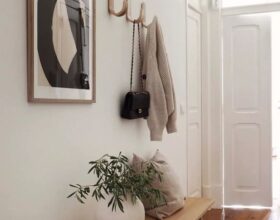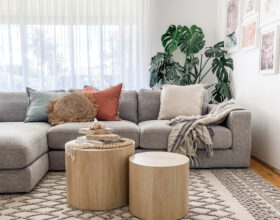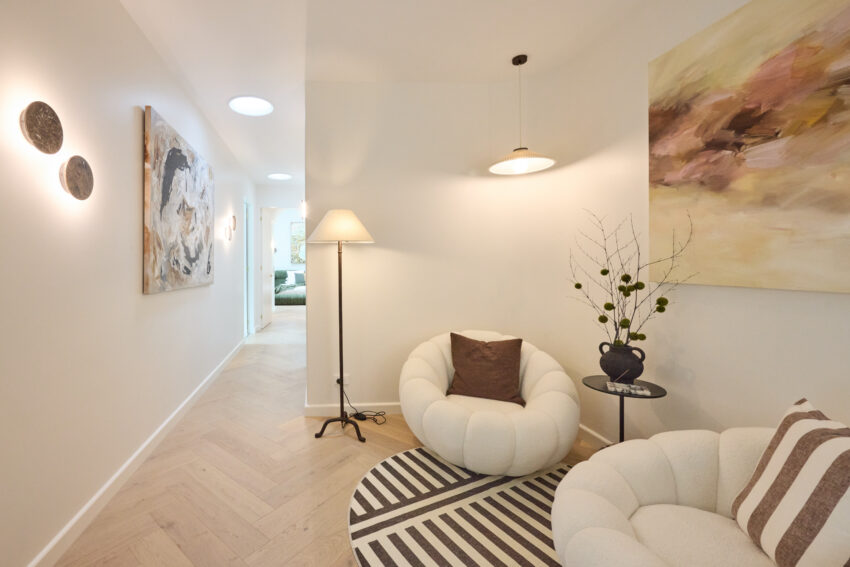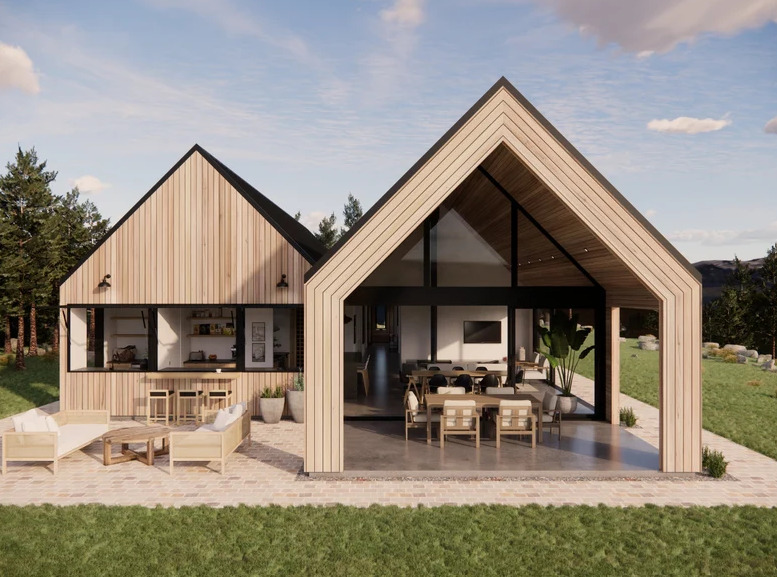Hanging art is an art form in itself, but there are some design principles to make this process easier! Art can elevate the overall aesthetics of any space, transforming a plain wall into a stunning gallery. To create picture-perfect displays, you need a keen eye, a dash of originality, and an understanding of picture-hanging design …
Hanging art is an art form in itself, but there are some design principles to make this process easier! Art can elevate the overall aesthetics of any space, transforming a plain wall into a stunning gallery. To create picture-perfect displays, you need a keen eye, a dash of originality, and an understanding of picture-hanging design rules. In this comprehensive guide, we’ll explore how to hang art, whether you’re displaying a single piece or creating a gallery wall.
The Rule of Eye Level
The golden rule for hanging art is to position the centre of the artwork at eye level. This ensures that your art is easily visible and establishes a pleasing balance within the space. Eye level typically ranges from 145 to 152 cm off the ground, and this height should be followed as a general guideline. However, consider the average eye level of those who will be viewing the art to ensure everyone can enjoy the artwork comfortably.
PRO TIP: Aim for the centre of the art to be hung at 152 cm from the floor.
Balancing Size and Proportion
It’s essential to consider both the size and proportion of the artwork and the available wall space when hanging. Large pieces can serve as focal points on bigger walls, while a gallery wall can be created by grouping smaller artworks. Ensure each piece has enough space to “breathe” while maintaining a consistent aesthetic.
Lighting Matters
Proper lighting is crucial to enhance the impact of your artwork. Natural light can highlight rich colours and textures, while well-placed artificial lighting can create dramatic effects. Avoid direct sunlight, as it can degrade the artwork over time. Instead, consider using UV-protective glass to safeguard your pieces. Experiment with various lighting options to find the right balance that enhances both your art and the overall mood of the room.
Create Visual Cohesion
To create a cohesive art arrangement, consider the relationship between the artwork, the wall colour, and the surrounding furnishings. Choose pieces that complement the existing features in the space. Aim for visual unity, whether you prefer a symmetrical arrangement or a carefully curated mix of styles and sizes.
PRO TIP: If you’re unsure about art placement, use painter’s tape to outline the size of the artwork on the wall temporarily. For an even better visualisation, take a photo of the space and use design software like Google Slides, PowerPoint, or Canva to overlay a picture of the art, resizing it to match the actual dimensions.
Be the first to read my stories
Get Inspired by the World of Interior Design
Thank you for subscribing to the newsletter.
Oops. Something went wrong. Please try again later.






